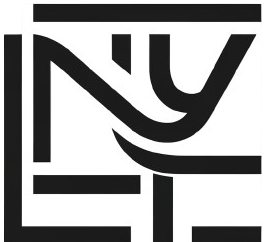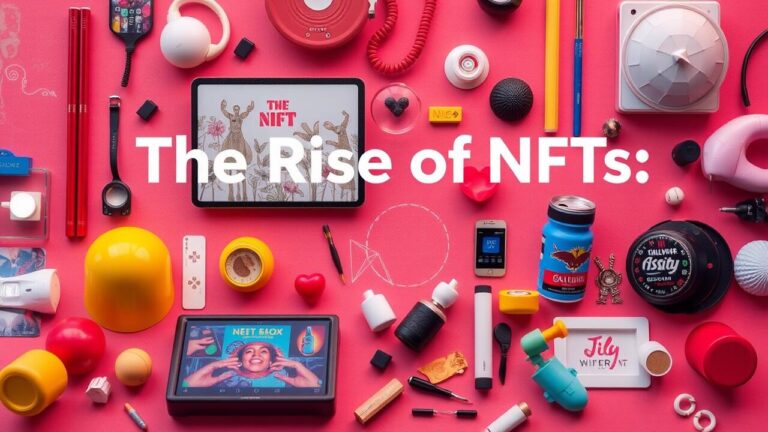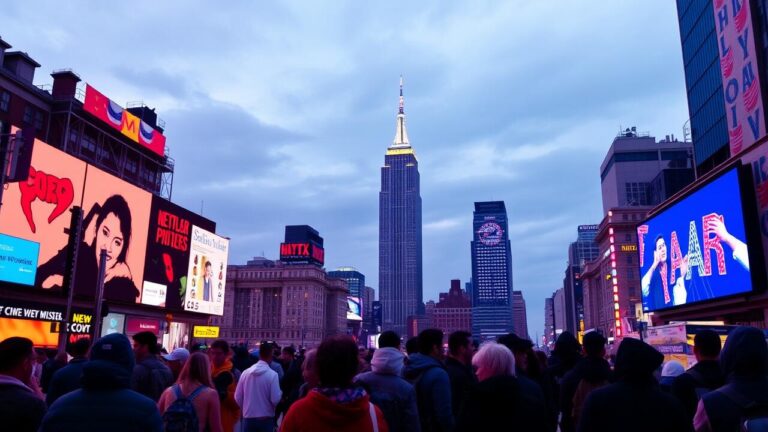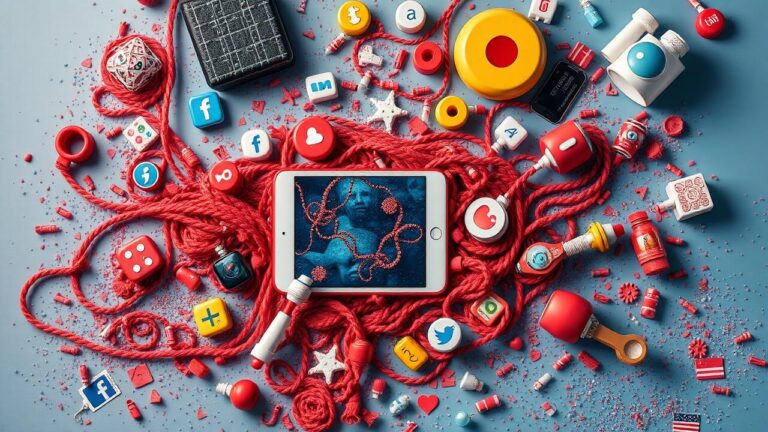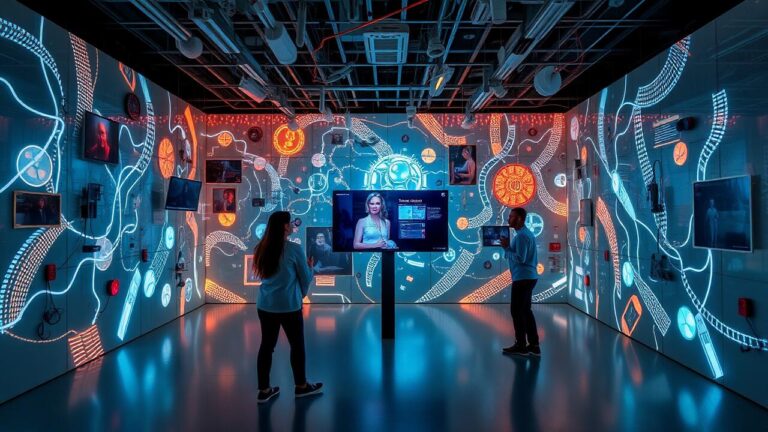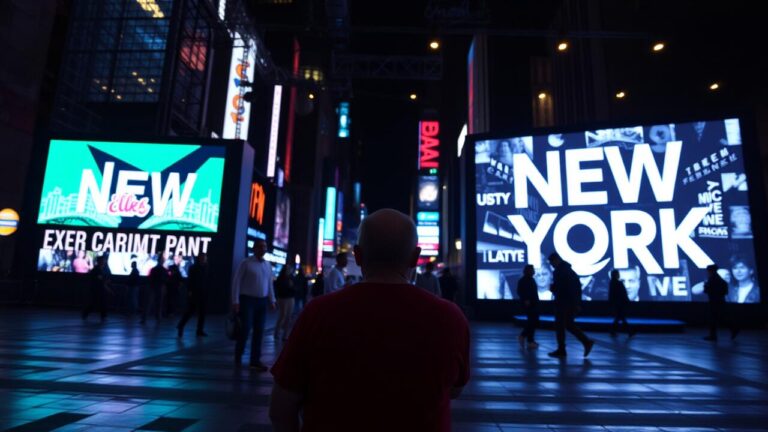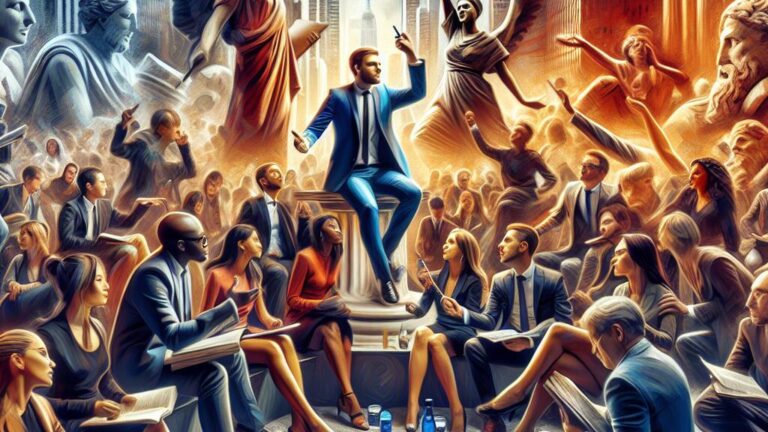The Evolution of Digital Art: From Pixelated Prints to Virtual Reality Experiences
Table Of Contents
The Evolution Of Digital Art: From Pixelated Prints To Virtual Reality Experiences | The Evolution of Digital Art from Pixelated Prints to Virtual Reality Experiences
Key Takeaways
- Historical developments in digital artistry showcase significant advancements over time.
- Technological innovations have profoundly influenced the creation and accessibility of digital art.
- Prominent trends and techniques have shaped the landscape of digital artistry.
- Immersive technologies, such as virtual reality, play a crucial part in transforming digital art experiences.
The Evolution Of Digital Art: From Pixelated Prints To Virtual Reality Experiences | Historical Milestones in Digital Art
The journey of digital art spans several decades, showcasing remarkable advancements that have shaped its current landscape. The Evolution of Digital Art: From Pixelated Prints to Virtual Reality Experiences illustrates a transformation driven by technological innovation. Early digital artworks, characterized by pixel art and digital illustrations, paved the way for more complex forms of expression. As digital technologies advanced, so too did the sophistication of digital images, moving from simple pixelated prints to stunning digital paintings. The advent of immersive virtual reality (VR) brought a new dimension to digital art, allowing artists to create interconnected worlds within virtual reality video games. This progression underscores the significant milestones in the history of digital art and highlights the contributions of digital artists who continue to push boundaries in an ever-evolving medium.
The Evolution of Digital Art: From Pixelated Prints to Virtual Reality Experiences | Early Beginnings: The Rise of Pixelated Prints
The early stages of digital art marked a significant shift within the landscape of visual art, showcasing pixelated prints that laid the groundwork for future innovations. Artists began experimenting with pixels as a new medium, creating computer-generated images that captured the imagination. This era was defined by limited display technology, which influenced the aesthetics of works that often resembled video game art. As the digital age unfolded, the rise of the internet facilitated a burgeoning culture of internet art, enabling the sharing of creations across virtual spaces and fostering a sense of community among artists.
The incorporation of 3D graphics and environments soon expanded the horizons of digital artistry. This advancement opened doors to the exploration of augmented reality (AR) and virtual reality (VR), which transformed how audiences perceived art. Artists were no longer confined to flat screens; they could now create immersive experiences that invited viewers into their worlds. The evolution from pixelated prints to complex 3D environments helped bridge the gap between traditional visual art and the developing realms of augmented and virtual experiences.
The Development of Computer Graphics
The development of computer graphics marked a pivotal point in the evolution of digital art. Artists began exploring computer-generated imagery, expanding their creative boundaries beyond traditional mediums. This era saw the rise of graphic design software and animation software, enabling visual storytellers to manipulate visuals with precision. As the integration of 3D modeling software became more prevalent, artists transitioned from static paintings to dynamic 3D models. This evolution transformed how artworks were conceptualized and rendered, giving birth to modern art forms that challenged perceptions and aesthetics in the visual arts landscape.
As technology advanced, new tools emerged to enhance the artistic process. Artists could now produce digital certificates to authenticate their creations, which added a layer of legitimacy to their digital artworks. Rendering techniques evolved, allowing for more complex and intricate visuals. The influence of these developments can be traced through various movements in art, where traditional techniques melded with digital innovation. The evolution of digital art: from pixelated prints to virtual reality experiences showcases this journey, highlighting the ongoing interplay between technology and artistic expression.
The Impact of Technology on Digital Art
Technology has profoundly shaped the evolution of digital art, leading to an expansive range of expressive possibilities. From the early days of pixel art style to the cutting-edge landscape of virtual reality art, advancements in digital art tools have revolutionized how artists engage with their craft. The evolution of digital art: from pixelated prints to virtual reality experiences reflects the way visual culture has transformed, with artists now able to create immersive experiences and virtual sculptures that challenge traditional definitions of art and design. Digital art influence continues to expand as online communities foster collaboration and innovation, resulting in dynamic digital art movements that redefine artistic expression. Digital visuals reach audiences through various platforms, making digital art showcases more accessible than ever, while the emergence of virtual reality video allows viewers to interact with art in unprecedented ways.
Advancements in Software and Tools
The evolution of software tools has transformed digital artistry, fostering the creation of breathtaking digital masterpieces. Artists can now harness cutting-edge digital technology to produce pixel-based drawings, enriching their digital works with enhanced detail and complexity. With the rise of advanced graphic design programs, the boundaries of digital aesthetics have expanded, allowing creators to explore innovative techniques and capture the essence of modern digital culture. This shift has significantly influenced the digital art market, providing artists with unprecedented opportunities to showcase and monetize their creations.
Artist-friendly software has revolutionized how individuals engage with digital creativity, making digital art more accessible than ever before. Tools that allow for the manipulation of virtual objects have democratized the production process, enabling diverse voices within the digital world. As these advancements unfold, artists are encouraged to push digital frontiers further, leading to a vibrant community that thrives on collaboration and experimentation. The evolution of digital art: From pixelated prints to virtual reality experiences reflects this dynamic landscape, highlighting the importance of innovative software in shaping the future of digital content creation.
- Artists can now create high-resolution images with greater precision and detail.
- New software features allow for real-time collaboration among creators.
- Digital tools are now equipped with AI capabilities for enhanced creativity.
- User-friendly interfaces have lowered the barrier to entry for aspiring artists.
- Continuous software updates provide artists with access to the latest techniques and tools.
- Virtual and augmented reality applications are expanding the possibilities of digital storytelling.
- A wider array of plugins and extensions allows for customized workflows tailored to individual needs.
The Influence of Internet and Online Communities
The internet has significantly shaped the evolution of digital art, creating a vibrant digital realm where creators can showcase their work to a global audience. From the pixelated beginnings of pixelated games to the intricate digital manipulation of pixel-based graphics, digital designers have leveraged online platforms to share their art experiences. These platforms allow artists to connect, share ideas, and collaborate, which enhances their skills and broadens their creative horizons. This interconnectedness has empowered a new generation of creators to push the boundaries of the digital medium while exploring the promises of digital art in the digital age.
Online communities have also played a crucial role in nurturing emerging talent and providing a space for feedback and growth. Artists can now receive immediate critiques and support from peers, contributing to their artistic development and influencing their unique styles. With the tools available in the digital canvas, many creators experiment with static pixel art or complex animated visuals, reshaping the landscape of digital creation. The Evolution of Digital Art: From Pixelated Prints to Virtual Reality Experiences owes much to these communal spaces where innovation thrives and the art experience continues to evolve.
Major Movements and Styles in Digital Art
Throughout the journey of The Evolution of Digital Art: From Pixelated Prints to Virtual Reality Experiences, diverse movements and styles have emerged, marking significant shifts in the art world. The transition from 8-bit art to advanced digital installations showcases how artists have embraced digital elements to craft original artworks that resonate with modern visual culture. Pixelated landscapes and visually-displayed video game graphics represent early expressions of this transformation, while contemporary practices, such as virtual clay modeling and architectural visualization, push the boundaries of creativity. Online art projects and game art continue to evolve, fostering communities that celebrate and critique these innovations. As artists experiment with new mediums and techniques, the impact of these major movements redefines visual content and enriches the artistic dialogue within the digital landscape.
The Shift from 2D to 3D Artistry
The transition from 2D to 3D artistry represents a pivotal moment in the evolution of digital art. True artists have expanded their artistic capabilities, enabling the creation of vivid visual aesthetics that immerse viewers in interactive gaming experiences. This shift has transformed the game art industry, where simple pixels have evolved into complex three-dimensional forms. On-campus game art programs now emphasize the importance of graphic design today, allowing students to explore both abstract game art and more traditional physical art forms. Internet art distribution has facilitated this evolution, connecting artists and audiences in ways previously unimaginable.
3D artistry has also redefined the artistic encounter, inviting audiences to engage in an environment that blurs the lines between digital and physical realms. Screens previously dominated by 2D illustrations now showcase dynamic, multi-dimensional spaces that invite exploration. Public art projects increasingly incorporate 3D elements, transforming outdoor spaces into immersive galleries. As the evolution of digital art from pixelated prints to virtual reality experiences continues, the impact of this shift remains profound, reshaping how art is created and experienced.
The Emergence of Generative and Algorithmic Art
Generative and algorithmic art represent a significant shift in The Evolution of Digital Art: From Pixelated Prints to Virtual Reality Experiences. This contemporary art form relies on algorithms and computer programming as the primary creative medium, blending technology with artistic exploration. Artists use new art tools and algorithms to generate unique visual compositions, resulting in art forms that dynamically change with each viewing. This approach opens exciting avenues for texture artists and art students, allowing them to create immersive experiences that connect with real-world narratives and themes.
The impact of generative art extends beyond individual pieces, influencing art distribution and consumption. As this new art form gains popularity, art professionals are adapting to incorporate these methods into their practices, introducing fresh perspectives in narrative design and immersive gaming experiences. The integration of these innovative techniques into contemporary digital art challenges traditional definitions, inviting audiences to engage with art in interactive and meaningful ways. The Evolution of Digital Art: From Pixelated Prints to Virtual Reality Experiences will continue to be shaped by these developments, pushing the boundaries of creativity and innovation.
| Artist | Artwork Title | Medium | Year |
|---|---|---|---|
| Casey Reas | Software Structures | Generative Software | 2004 |
| Rafael Lozano-Hemmer | 33 Questions per Minute | Algorithmic Installation | 2008 |
| Joshua Davis | Once Upon a Forest | Generative Design | 2017 |
| Golan Levin | Thicket | Interactive Installation | 2015 |
| Manfred Mohr | P-511/D | Algorithmic Art | 1976 |
Virtual Reality and Its Role in the Evolution of Digital Art
The rise of immersive virtual reality experiences marks a pivotal chapter in the evolution of digital art: from pixelated prints to virtual reality experiences. This innovative medium has empowered illustrators to push boundaries, transforming traditional paintings and static images into dynamic video billboards. Game artists are now leveraging advanced art direction to create immersive video game concepts that rival main game art. Interactive prototypes enable users to engage with the artwork in unprecedented ways, allowing for retouched photographs and other digital creations to be displayed on screens like never before. The true marvel of this evolution lies in the ability to experience art in a multi-dimensional space, fundamentally altering how audiences interact with and appreciate digital creations.
Creating Immersive Experiences
Immersive experiences in digital art have transformed the way viewers interact with imagery. The Evolution of Digital Art: From Pixelated Prints to Virtual Reality Experiences highlights a shift towards vibrant visuals that engage audiences far beyond traditional physical copies. Artists now utilize technologies that create real-time interactions, allowing for the exploration of artistic styles ranging from sketching to complex cinematic experiences. Interactive media specialists and genres illustrators work to craft environments that enhance artistic proficiency, enabling viewers to engage with art on a level previously unseen.
Virtual reality has become a significant medium for delivering immersive experiences that captivate and inspire. Artists like portrait creators and video game characters designers are leveraging this technological advancement to push the boundaries of modern creativity. Art classrooms are increasingly incorporating VR to give students firsthand experience with the medium. The Evolution of Digital Art: From Pixelated Prints to Virtual Reality Experiences showcases how these advancements encourage new forms of expression and connection between the artwork and the audience.
Notable VR Artists and Their Contributions
Noteworthy contributions in the realm of virtual reality have come from artists who harness the medium’s potential for creative exploration. These creators leverage sophisticated masterpieces to push the boundaries of traditional art. They combine gaming elements with artistic expression, utilizing many art tools and intuitive apps to produce unique visual styles. Their works invite audiences to appreciate art in an immersive environment where animation skills play a critical role. This has transformed the viewer’s experience from passive observation to active participation in the evolving world of digital art.
Numerous VR artists have made significant strides in expanding the creative capabilities of the medium. Their innovative works, often shared online, serve as both inspiration and discovery for fellow creatives. These artists have successfully blurred the lines between digital art and interactive experiences by integrating storytelling with animation. By exploring various themes and techniques, they craft engaging copies of reality that stimulate the imagination, contributing to the larger narrative of The Evolution of Digital Art: From Pixelated Prints to Virtual Reality Experiences.
Conclusion
The journey of The Evolution of Digital Art: From Pixelated Prints to Virtual Reality Experiences showcases a remarkable transformation driven by technology and creativity. Artists have embraced ai-driven design tools that enable them to craft three-dimensional objects and vibrantly colored abstract images. This evolution has not only influenced individual creators but has also permeated global video game development, leading to innovative game design that captivates players worldwide. As digital art continues to evolve, it reflects the changing landscape of artistic expression, bridging traditional boundaries and inviting a diverse range of artists to explore new dimensions of their craft.
FAQS
How has digitality transformed the way art is perceived in terms of digital art accessibility and the creation of new art forms?
The evolution of digitality has significantly impacted visual culture transformation, allowing digital art offers to reach wider audiences. Digital art accessibility means that more people can engage with art-making, as vibrant images and pixelated graphics are readily available. The experience visuals in virtual worlds have broadened the definition of art consumption, while the ability to retouch photographs and create game creations blurs the lines between the real world and digital art history, changing the way art is displayed and appreciated.
How have digital displays influenced the advancement of digital art, particularly concerning the transition from pixelated images to new art forms?
Digital displays have significantly influenced the advancement of digital art by enhancing the visibility and vibrancy of pixelated images, allowing for more intricate details to be showcased. This evolution highlights the digital art promises of accessibility and innovation, as the creation blurs the lines between traditional artistic methods and new art forms that can now be experienced across various displays.
How do individual pixels play a role in the development of digital art techniques?
Individual pixels are fundamental in the development of digital art techniques, as they serve as the building blocks for creating images. Artists manipulate these individual pixels to form intricate designs, transition between various styles, and produce stunning visual effects, showcasing the evolution from simple pixelated graphics to complex digital pieces.
What are some ways that digital art has evolved in terms of techniques and experiences from its inception to current virtual reality applications?
Digital art has undergone significant evolution from simple pixelated prints to complex virtual reality experiences. Early digital art was characterized by the manipulation of individual pixels, which laid the groundwork for more intricate techniques that emerged over the years. Today, artists utilize advanced software and hardware to create immersive experiences that engage viewers in ways that traditional art forms cannot, showcasing the expansive possibilities of digital art in contemporary culture.
In what ways has the internet facilitated the growth of digital art communities and the sharing of innovative digital art techniques?
The internet has significantly facilitated the growth of digital art communities by providing platforms for artists to share their work, collaborate, and learn from one another. As a result, innovative digital art techniques have emerged, allowing creators to explore new styles and experiences that were not possible in traditional art forms.
